The Great Smoky Mountains stand as sentinels between Tennessee and North Carolina, their misty peaks creating the blue haze that gave them their name. Beyond the popular tourist hubs of Gatlinburg and Pigeon Forge lie hidden pockets of mountain charm where visitors can experience authentic Appalachian hospitality.
Here is a list of 14 cozy getaways tucked among the ancient ridges and valleys of the Smokies.
Cosby
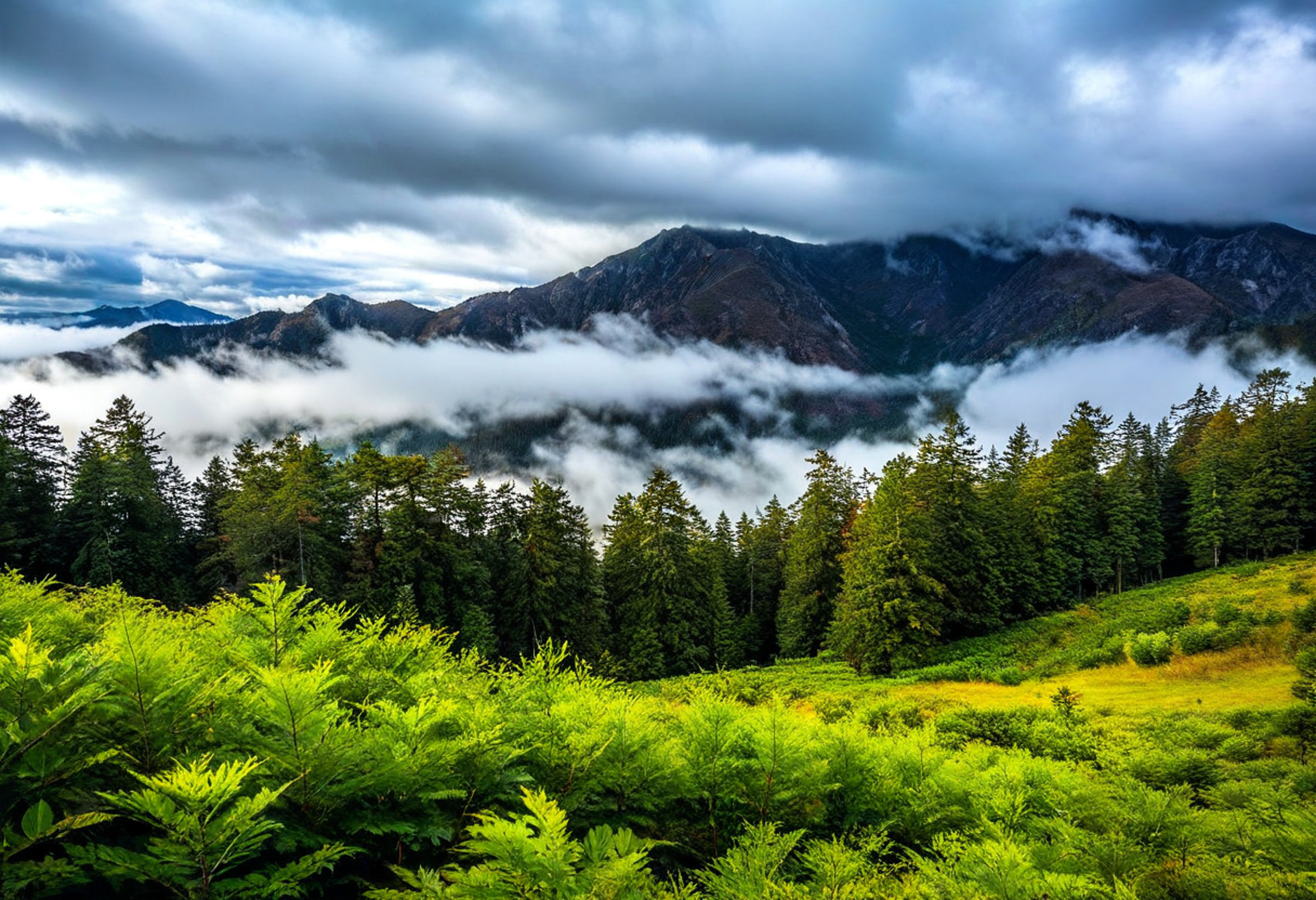
Often called the quiet side of the Smokies, this unincorporated community sits near an entrance to the national park that sees a fraction of the traffic found at more popular gateways. Family-owned apple orchards dot the surrounding hillsides, many offering fresh cider and homemade treats during the autumn harvest season.
Hiking trails lead directly from town into some of the park’s most pristine wilderness areas, including the challenging Gabes Mountain Trail with its spectacular Hen Wallow Falls reward. The local campground serves as a base camp for visitors seeking stargazing opportunities, as the area’s limited development creates minimal light pollution compared to nearby tourist centers.
Wears Valley
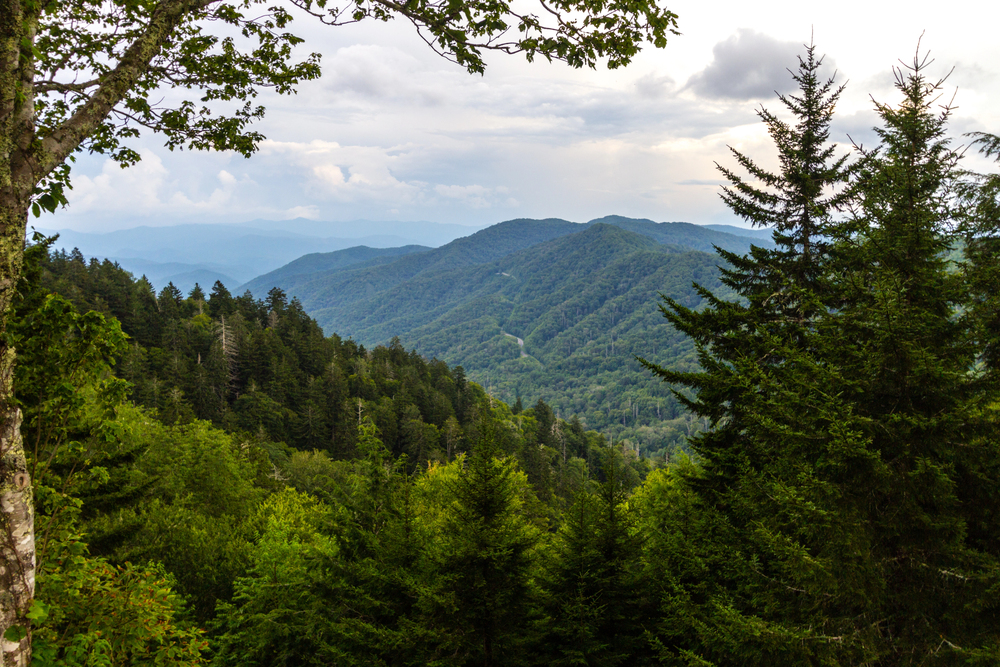
Sandwiched between Pigeon Forge and Townsend, this pastoral valley offers mountain cabin rentals with spectacular views without the traffic congestion of its neighbors. The community takes its name from Samuel Wear, a Revolutionary War veteran who settled here in the late 1700s when the area was still frontier territory.
Morning fog flows through the valley like rivers of clouds, creating ethereal landscapes best appreciated with coffee on a cabin porch at sunrise. Local rental properties range from authentic century-old log structures to modern luxury accommodations, all sharing the same breathtaking backdrop of mountains rising dramatically from the valley floor.
Like Travel Pug’s content? Follow us on MSN.
Townsend
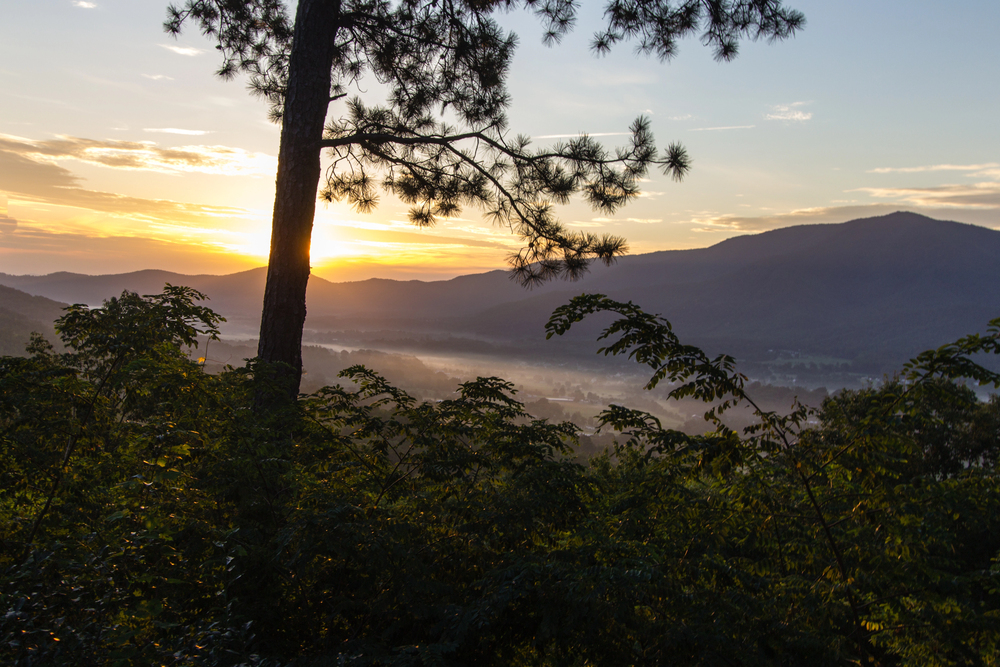
Self-proclaimed as the ‘Peaceful Side of the Smokies,’ Townsend embraces slow living with a strictly enforced dark sky ordinance that protects exceptional stargazing. The Little River flows through town clear and cold, providing ideal tubing conditions during summer months when visitors float past historic sites like the working Tuckaleechee Cove grist mill.
The Great Smoky Mountains Heritage Center preserves Appalachian traditions through demonstrations of mountain crafts, music, and storytelling within an easy-to-navigate museum setting. Restaurants focus on farm-to-table cuisine featuring local trout, honey, and produce grown in the fertile valley soils.
Bryson City
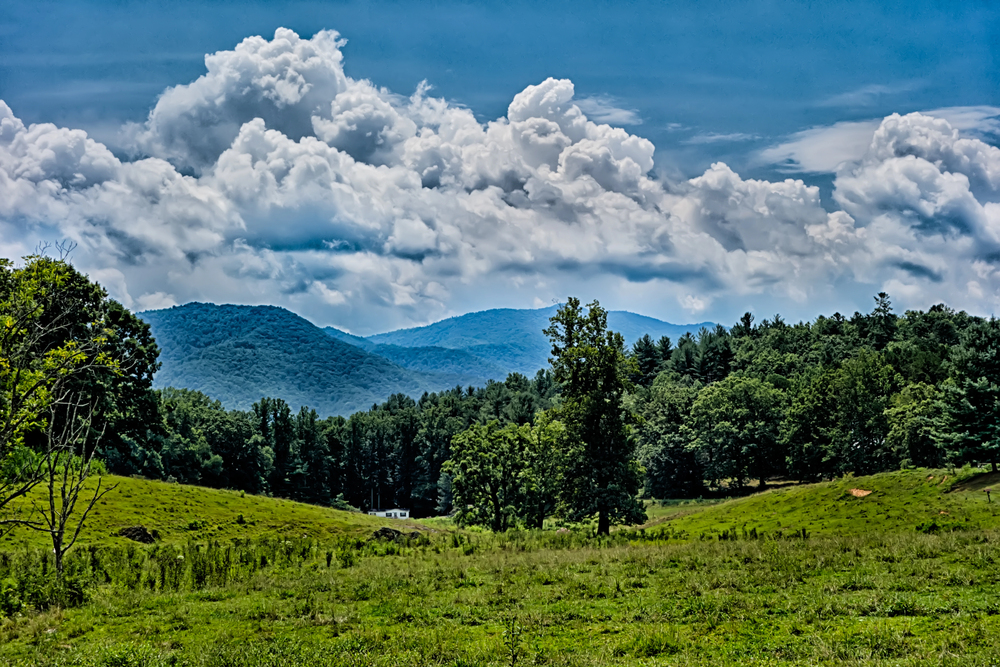
This North Carolina mountain town sits beside the Tuckasegee River, offering a perfect blend of outdoor adventure and small-town charm without the commercialization found across the state line. The Great Smoky Mountains Railroad departs from the historic depot, carrying passengers through remote gorges and alongside rushing rivers otherwise inaccessible by road.
Deep Creek’s three-waterfall loop trail begins just outside town limits, providing one of the park’s most rewarding short hikes suitable for most fitness levels. Local breweries craft mountain-inspired beers using regional ingredients, creating perfect refreshments after days spent exploring nearby wilderness areas.
Hot Springs
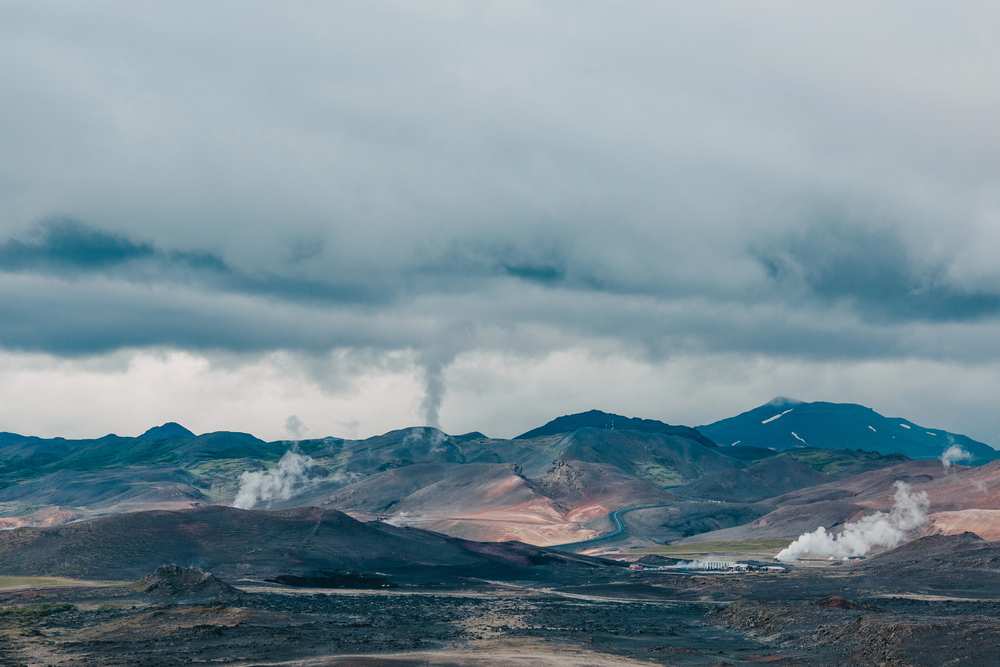
Named for the natural thermal springs that have drawn visitors since before European settlement, this tiny town sits directly on the Appalachian Trail, where hikers often pause for restoration. The historic 1892 resort offers mineral soaks in original claw-foot tubs, continuing a wellness tradition dating back centuries when Cherokee people considered these waters sacred healing sites.
The French Broad River—one of the oldest rivers in the world—wraps around downtown, creating opportunities for gentle paddling or thrilling whitewater depending on water levels and weather conditions. Mountain views compete for attention with the surprisingly cosmopolitan dining scene, where chefs trained in culinary capitals have established destination restaurants in converted historic buildings.
Like Travel Pug’s content? Follow us on MSN.
Valle Crucis
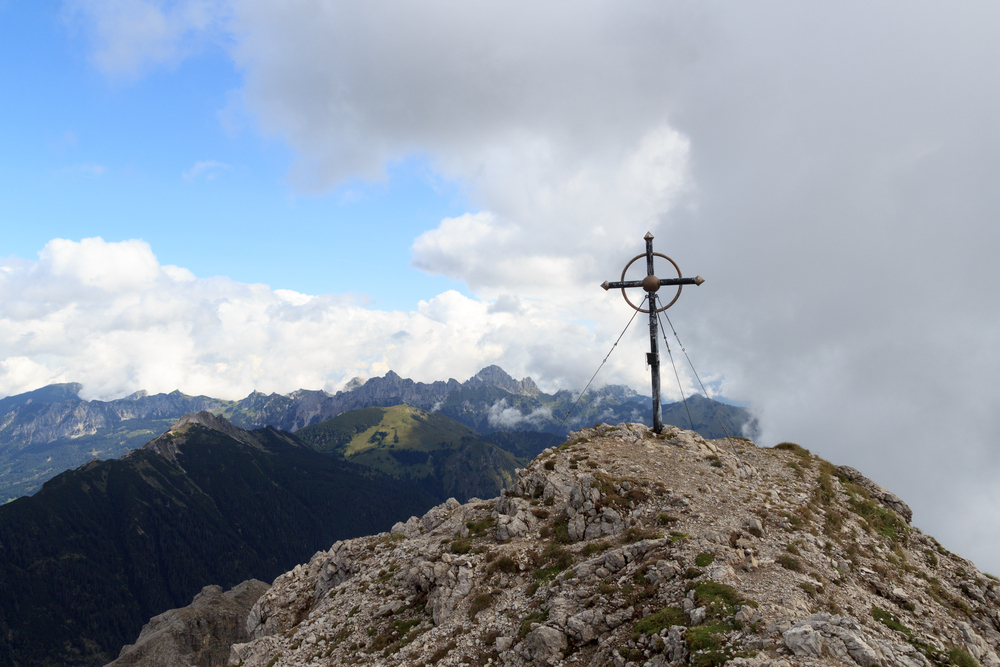
Tucked into a valley whose name means ‘Valley of the Cross’ due to the shape formed by intersecting rivers, this historic community preserves Appalachian heritage through careful conservation efforts. The original Mast General Store—founded in 1883 and still operating today—anchors the historic district with its creaky wooden floors and barrels of traditional candies.
Apple orchards and sustainable farms surround the valley, supplying farm-to-table restaurants with seasonal produce and artisanal food products. The Abbey of Our Lady of the Holy Cross maintains contemplative gardens open to the public for peaceful reflection against the backdrop of surrounding peaks.
Walland

Serving as a gateway to the renowned Foothills Parkway, this small community balances luxury and authenticity with surprising grace. Blackberry Farm and its sister property, Blackberry Mountain, have established international reputations for culinary excellence using ingredients grown and foraged on their extensive grounds.
Little River runs through town clear and cold, offering premier fly fishing opportunities for rainbow and brown trout. Hiking trails connect directly to the Great Smoky Mountains National Park, allowing guests to transition from pampered luxury to wilderness immersion within minutes. The historical significance of the area comes alive through preserved buildings and oral histories shared by multi-generational residents.
Fontana Lake
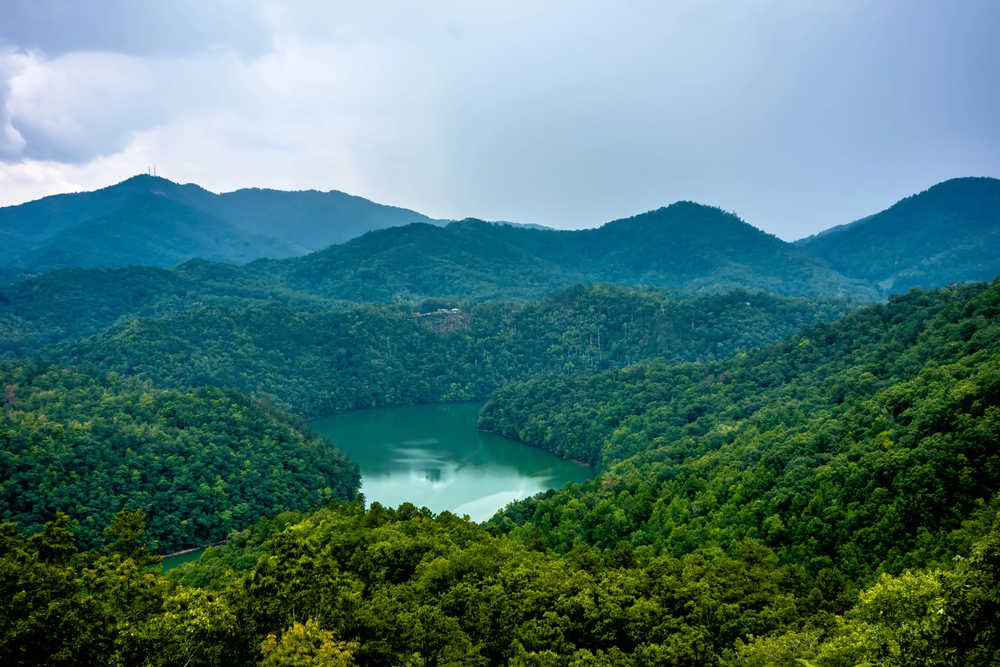
Created by the tallest dam east of the Rockies, this mountain-ringed reservoir offers houseboat rentals that provide unique floating accommodations with ever-changing views. The northern shore borders the Great Smoky Mountains National Park, creating a remote wilderness area accessible only by boat or multi-day hike.
Primitive camping sites dot the shoreline, allowing visitors to fall asleep to lapping waves and wake to mist rising from the water’s surface. The Appalachian Trail crosses Fontana Dam, making this a significant milestone for through-hikers who often rest at the shelter nicknamed the ‘Fontana Hilton’ due to its relative luxury of nearby hot showers.
Like Travel Pug’s content? Follow us on MSN.
Rosman
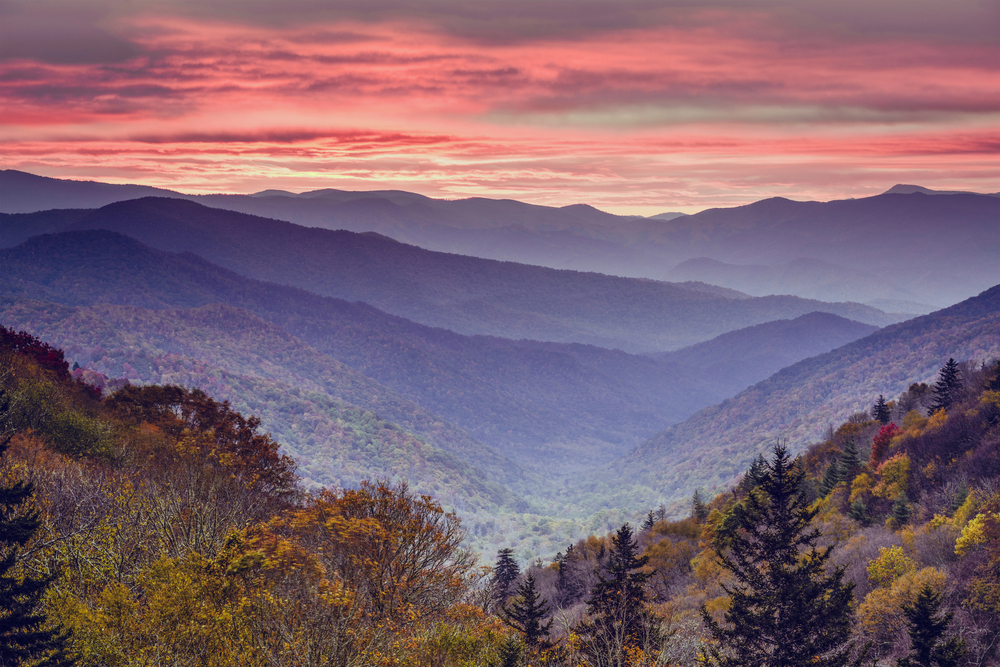
Positioned where the French Broad River begins its northward journey, this small town maintains deep connections to both astronomical and earth sciences. The Pisgah Astronomical Research Institute—a former NASA tracking station—now operates as a science education center with powerful telescopes available for public viewing nights under some of the East Coast’s darkest skies.
The nearby Toxaway Falls drops dramatically through metamorphic rock formations, creating spectacular photo opportunities accessible via short walking paths. Local outfitters offer guided fly fishing experiences on headwater streams known for their native brook trout populations. Fourth-generation mountain crafters maintain studios producing functional pottery, woven goods, and carved instruments using traditional techniques.
Cherokee
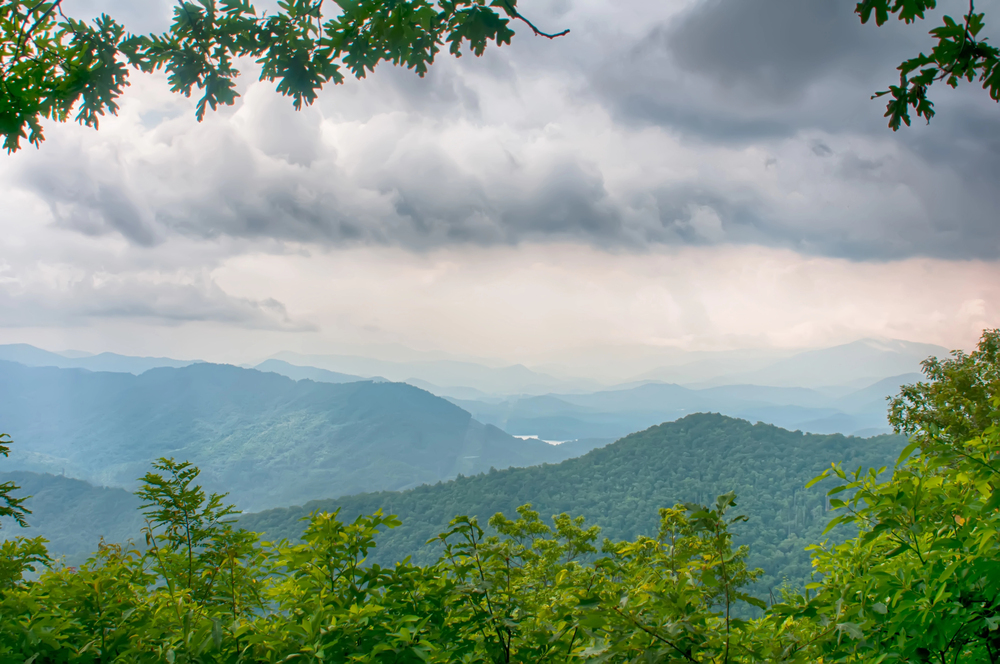
Serving as both the eastern entrance to the Great Smoky Mountains National Park and the cultural heart of the Eastern Band of Cherokee Indians, this community balances tourism with authentic heritage preservation. The Museum of the Cherokee Indians uses innovative storytelling techniques to share the tribe’s history from prehistoric times through present-day resilience and cultural revival.
Mingo Falls—one of the tallest and most spectacular cascades in the southern Appalachians—rewards visitors with its 120-foot drop after climbing just 161 stairs and a short trail. Traditional craft demonstrations at Oconaluftee Indian Village connect visitors with living artisans practicing basketry, pottery, and woodcarving using methods passed through countless generations. The Unto These Hills outdoor drama presents Cherokee history through compelling theatrical performances beneath the stars during summer months.
Coker Creek

Gold was discovered in this remote community in the 1830s, sparking America’s first gold rush nearly two decades before California’s more famous event. Today’s visitors can still pan for gold in the same streams, occasionally finding flakes and small nuggets that continue washing down from mineral deposits in the surrounding mountains.
The Unicoi Turnpike Trail—once a major Cherokee trading path—passes through the area, now maintained as a historic hiking route connecting significant cultural sites. Local artisans work with flame and metal in traditional blacksmith forges, creating hand-crafted items ranging from practical tools to decorative artwork. The night sky dazzles with stars as the community’s distance from urban centers preserves natural darkness increasingly rare in the eastern United States.
Like Travel Pug’s content? Follow us on MSN.
Pittman Center
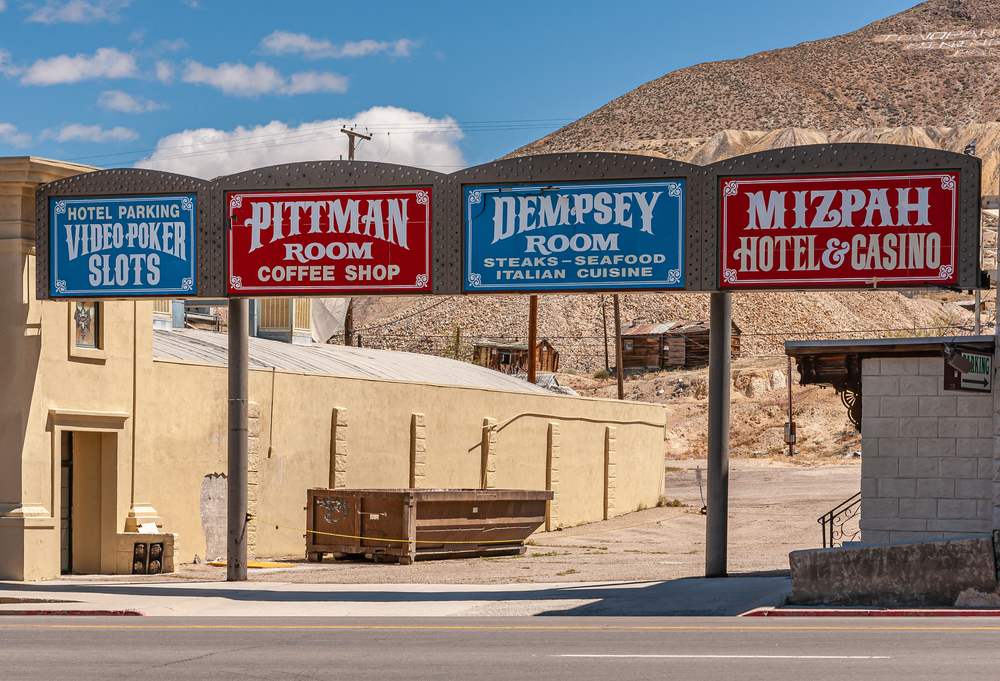
Founded as a mission school in 1920, this community between Gatlinburg and Cosby maintains its commitment to education through environmental stewardship and cultural preservation. Emert’s Cove-covered bridge spans the Little Pigeon River, providing both a practical crossing and a picturesque photo opportunity framed by mountain vistas.
Strict building codes maintain the area’s rustic character, prohibiting the neon signs and commercial development that characterize nearby tourist destinations. Webb Creek winds through town, offering peaceful streamside walks where kingfishers and occasionally otters can be spotted going about their business in the clear mountain waters.
Greenbrier

Once home to a thriving community of nearly 800 residents before the national park’s establishment, this area now offers a glimpse into early Appalachian settlement patterns through preserved homesteads. The Greenbrier entrance to Great Smoky Mountains National Park leads visitors along an old roadbed following vibrant Porters Creek through a lush forest extraordinary for its biodiversity. Wildflower displays reach peak abundance during spring when the forest floor transforms into a carpet of trillium, phacelia, and countless other blooms, drawing naturalists and photographers.
The Greenbrier Restaurant occupies a historic home, serving authentic Southern Appalachian cuisine based on recipes collected from families who once called this valley home.
Elkmont
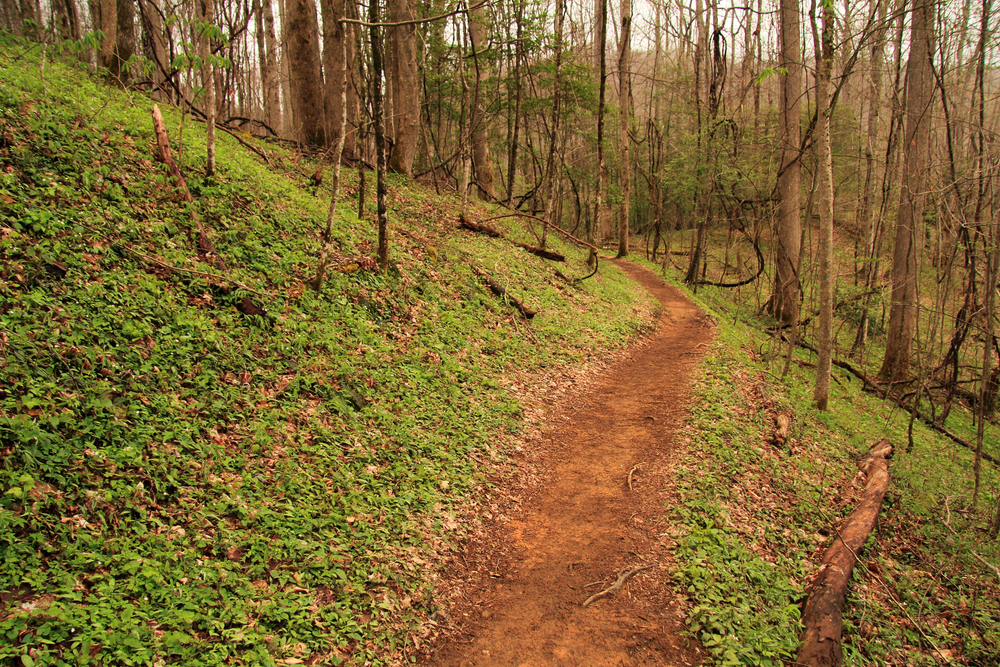
This former logging town within the national park boundaries now serves as a premier campground while preserving remnants of early 20th-century resort life through restored cottages. The synchronous firefly display each June draws visitors from around the world to witness thousands of insects blinking in perfect unison—one of North America’s most extraordinary natural phenomena.
Abandoned home sites along the Little River Trail reveal stone chimneys and foundations slowly returning to the earth as nature reclaims what was briefly borrowed. The combination of human history and natural beauty creates a uniquely contemplative atmosphere, unlike the more developed areas of the national park.
Like Travel Pug’s content? Follow us on MSN.
The Soul of the Smokies
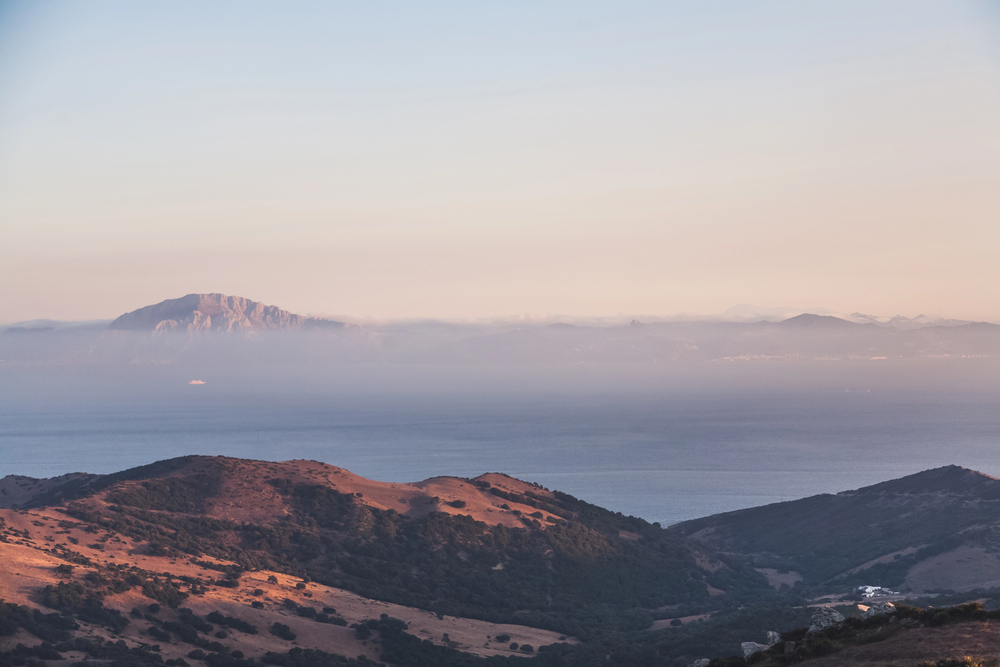
These hidden corners of Appalachia offer more than just accommodation—they provide immersion in a mountain culture shaped by centuries of isolation, resourcefulness, and harmony with the surrounding landscape.
Each community preserves unique aspects of regional heritage while welcoming visitors seeking authentic connections to both place and people. The true magic of these cozy getaways emerges in quiet moments: morning mist rising from valleys, evening porch conversations accompanied by whip-poor-will calls, and the profound silence found only in ancient mountains.
More from Travel Pug

- Cities Growing so Fast You Won’t Recognize Them in 10 Years
- 13 Destinations Where Tourists Regularly Regret Their Trip
- 16 U.S. Cities That Are Quietly Becoming Travel Hotspots
- Where to Travel If You Love Long Bus Rides and Daydreams
- 20 Cities Perfect for Solo Travelers Who Crave Adventure & Culture
Like Travel Pug’s content? Follow us on MSN.
